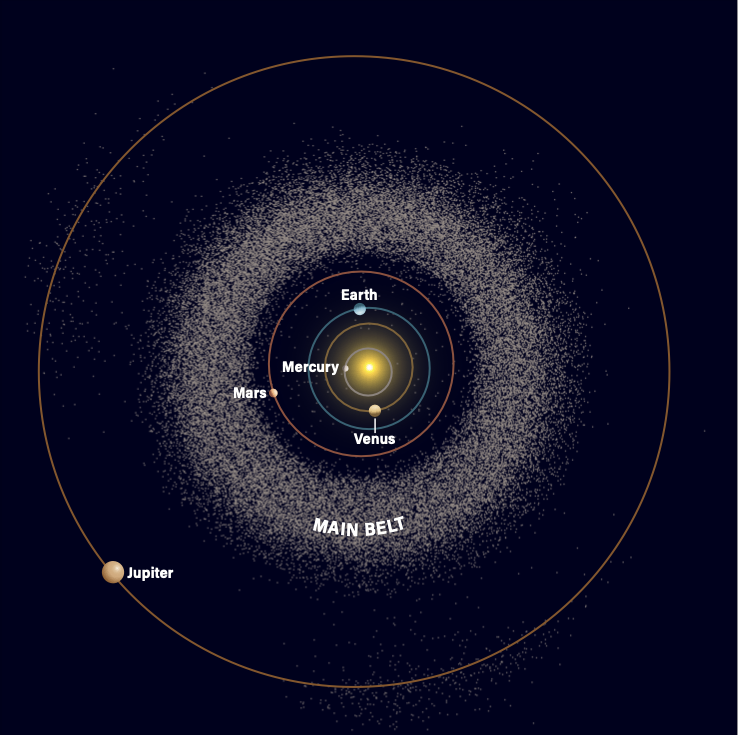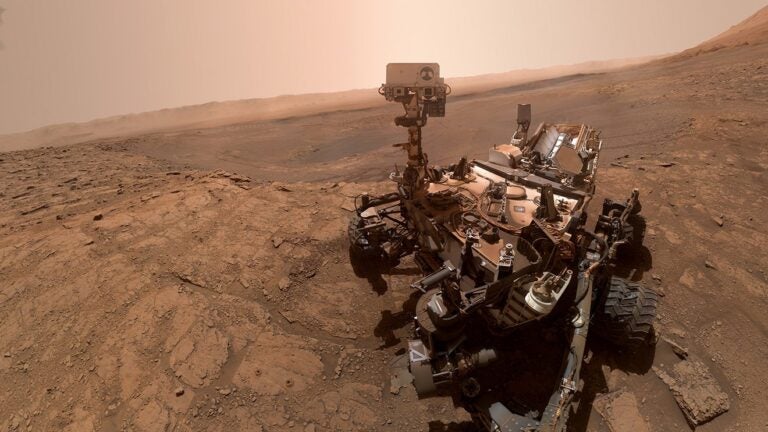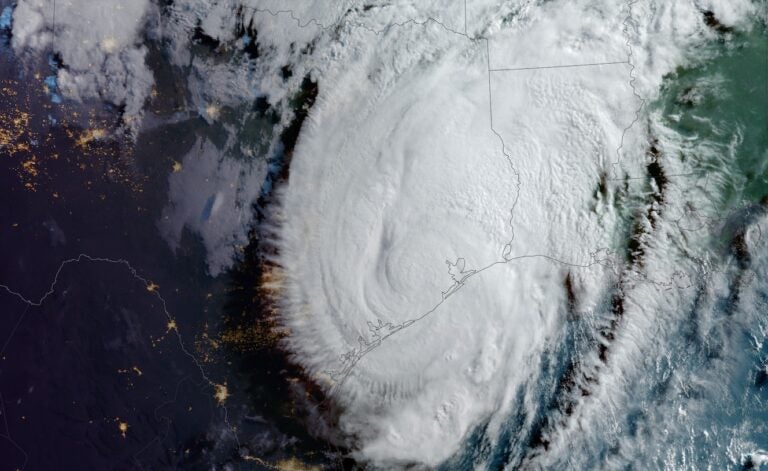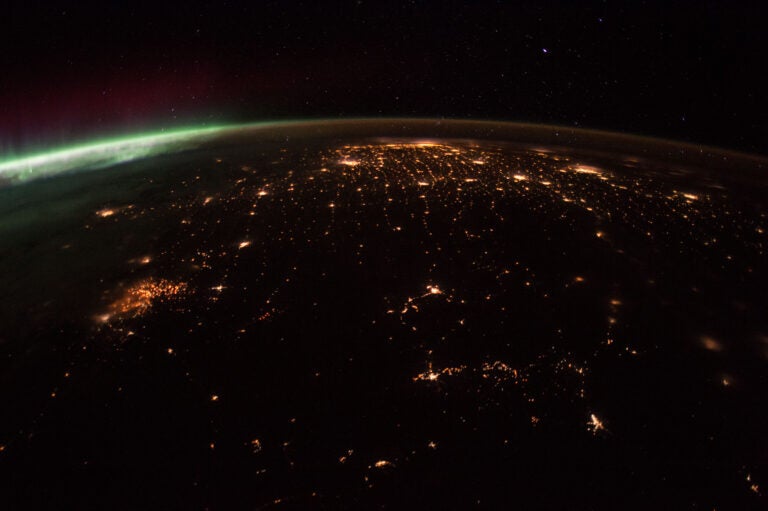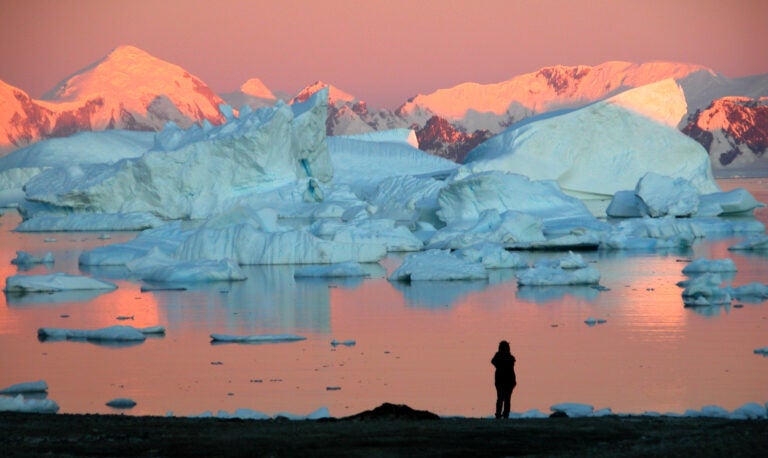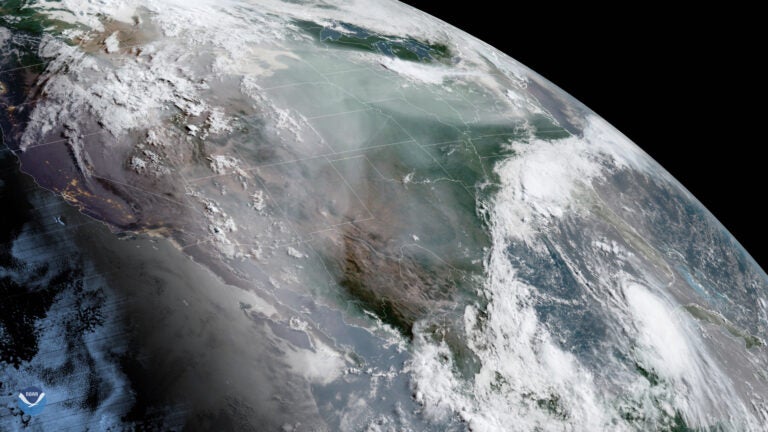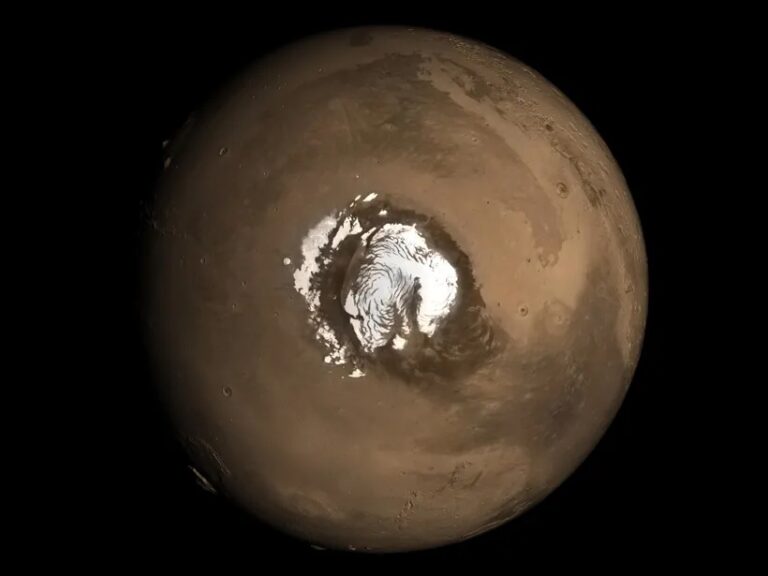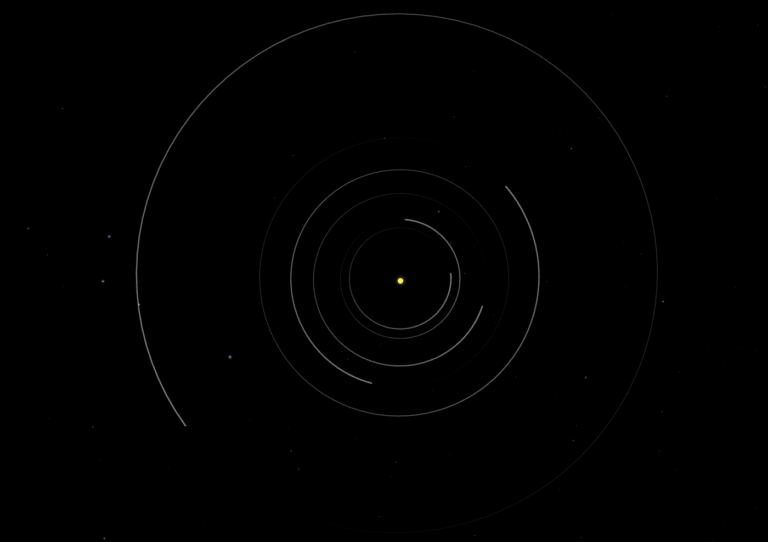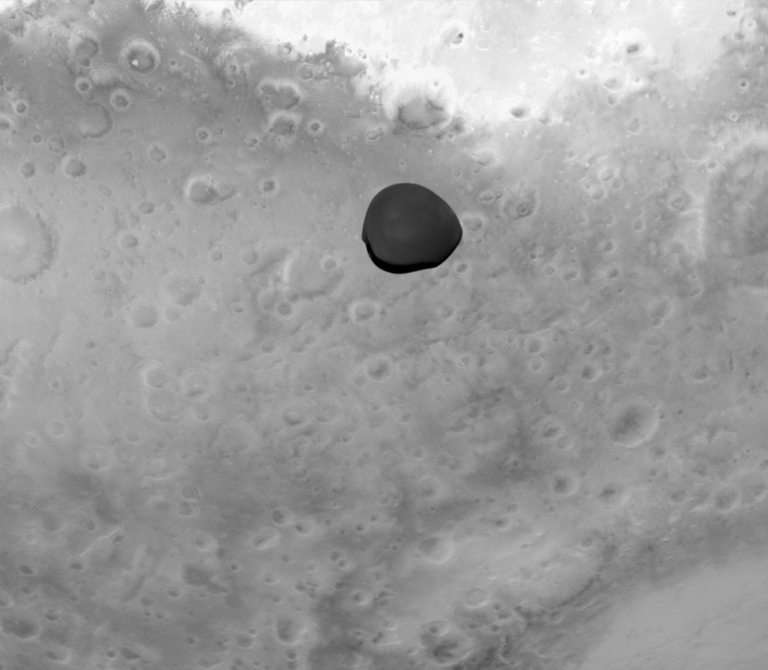
If everything in our solar system formed from the same solar nebula, why do the planets have different compositions?
Herbert Wich
Titusville, Florida
To better understand why the planets have variable compositions, we have to first understand the process of how stars form. While the composition of gas and dust in a precursor molecular cloud is fairly uniform before star formation, everything changes once a cloud core begins to gravitationally collapse.
The collapse of a cloud core can be triggered by many factors. One theory is that our Sun’s formation was initiated by a nearby supernova explosion. During this collapse, the central gas and dust became more and more dense, and the surrounding gas flattened into a disk as it spun with the angular momentum of the system. The temperature of the central core rose as it became increasingly dense and opaque, and eventually became hot and dense enough that nuclear fusion began. The proto-Sun was ignited.
During the early life of a protostar, the dust in the surrounding disk remains cool. But once the star ignites, the inner layers of dust heat up dramatically. As our Sun grew, the disk structure evolved with decreasing density and temperature gradients moving radially outward away from the proto-Sun, and with increasing density toward the midplane of the disk. This heterogeneity is ultimately what led to differences in the planets’ compositions. Elements and molecules that are volatile (meaning they require colder temperatures to solidify or condense) remained as gas close to the Sun where it was hot, while only the less-volatile elements such as calcium, aluminum, iron, and silicon could solidify into dust and rocky debris. These rocky bits eventually coalesced to form the terrestrial planets.
However, at a distance of around 4 astronomical units from the Sun (AU; 1 AU is the average Sun-Earth distance of 93 million miles [150 million kilometers]), the temperature in the disk was cold enough for water vapor to freeze into solid ice, at what is called the snow line. Past this distance, the protoplanets rapidly accreted large volumes of water ice and other volatiles such as ammonia and methane in addition to dust and rock. They quickly became massive enough to also gravitationally trap gases such as hydrogen and helium from the disk. This runaway growth led to the formation of the gas and ice giants in the outer solar system.
This first-order model of planetary growth in the solar nebula is mainly driven by temperature and density variation, but there are many other factors that contributed as well, such as planet migration, material transport, collisions, and outgassing. Furthermore, many open questions remain about the early stages of planet formation — we aren’t even certain of the origin of water on Earth — but scientists continually discover and debate exciting theories that improve our understanding.
Christie Jilly
Research Scientist and Lab Manager, Department of Earth & Planetary Sciences, Stanford University, Stanford, California

